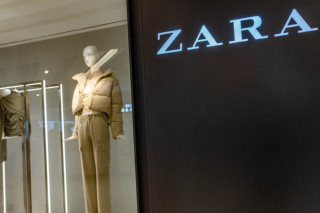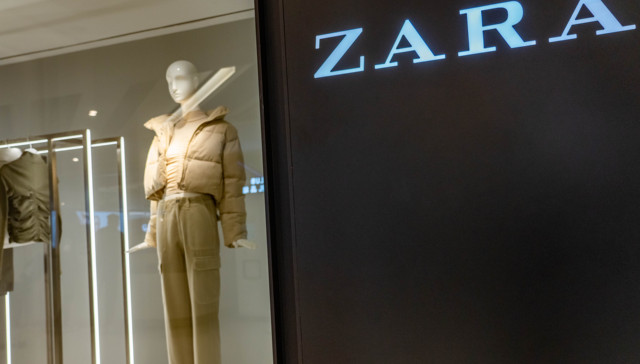By ZHU Yongling
Zara, a flagship store of Spanish multinational clothing company Inditex, recently closed its store in Shantou City, Guangdong Province. It’s Zara’s only outlet in eastern Guangdong.
Inditex then stated that the closure aligns with the brand’s focus on integrating online and offline operations to "cater to Chinese consumers’ needs," leading to speculation.
Social media rumors suggest that Zara might halt expansion in areas beyond the biggest cities. Zara has recently closed stores in cities like Zhenjiang and Nantong in Jiangsu Province.
The closures reflect a wider trend. Zara and other Inditex brands have scaled down in China over the past few years. The number of Zara’s Chinese mainland stores went from 179 to 119 from 2018 to 2022, while the total Inditex stores dropped from 589 to 242. This included brands like Pull&Bear and Bershka, exiting the Chinese market in 2022.

These adjustments could be interpreted as Zara struggling in China. However, Inditex claims confidence in China’s long-term opportunities.
These changes in turn reflect Inditex’s broader transformation. Since 2022, under new leadership, Inditex has aimed at integrating online and offline resources, opening high-standard flagship stores, and shedding its fast fashion label. The approach seems effective, as evidenced by increased revenue and profitability.
In Q1, Inditex’s revenue increased by 13 percent to 7.6 billion euros (about US$8.3 billion), and net profit rose 54 percent to 1.16 billion euros. The gross profit margin reached 60.5 percent, a new high.





